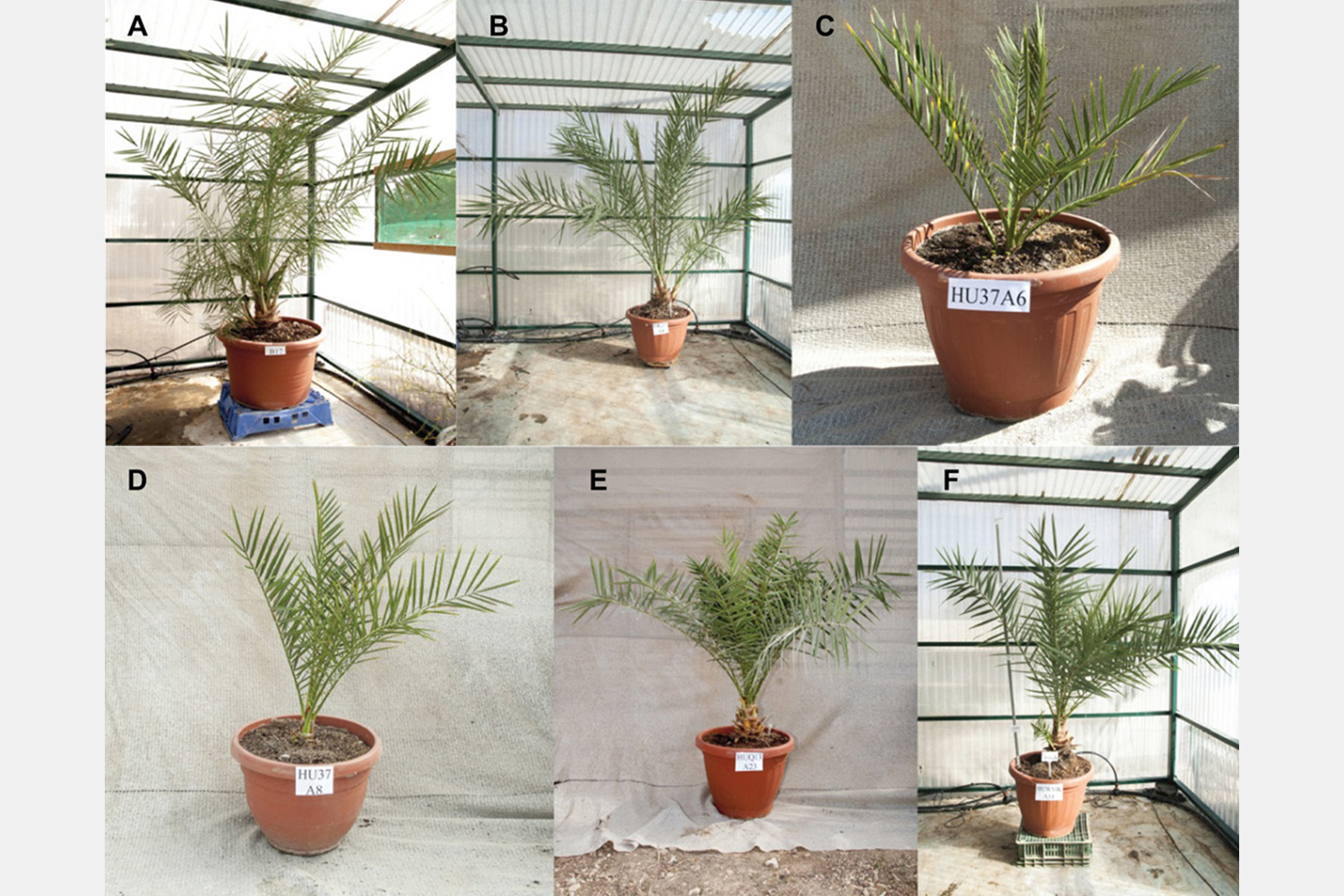You’ve heard of the Dead Sea Scrolls, but what about the Dead Sea Dates? No, that’s not a hyper-local version of Hinge for those who live around a salt lake in the Middle East. In this case, it’s very literal. And while it might not be Jurassic Park, this is nonetheless a story that involves bringing back long-dormant life, albeit of a more stationary and less reptilian variety.
At NPR, Dan Charles has the story. It began with the work of Sarah Sallon, a doctor who works at Jerusalem’s Hadassah Medical Center. She developed an interest in traditional medicine, and soon became interested in plants she had read about in histories of bygone times, “Like the famous date plantations along the Dead Sea, 2,000 years ago — described by Pliny; described by Josephus, the first-century historian,” she told NPR. These plants were long gone, but some of their seeds had been found by archaeologists.
Sallon was able to acquire some of the aforementioned seeds. Eventually, one of those seeds grew into a tree. That’s no small accomplishment; palm trees are not easy to grow. Specifically, what sprouted was a date tree — which made matters a little more complicated.
For date trees to reproduce, they require both “male” and “female” plants to take part. The initial one grown by Sallon and company was “male.” More recently, Sallon and her fellow scientists were able to grow several other plants, including a pair of “female” dates, from seeds unearthed in Qumran. You may know Qumran as the site where the Dead Sea Scrolls were discovered, or from its mention in a Bon Iver song.
What these scientists have done so far is a fascinating combination of science and archaeology — helping understand the past and increasing the biological diversity of the present.
Subscribe here for our free daily newsletter.
Thanks for reading InsideHook. Sign up for our daily newsletter and be in the know.
